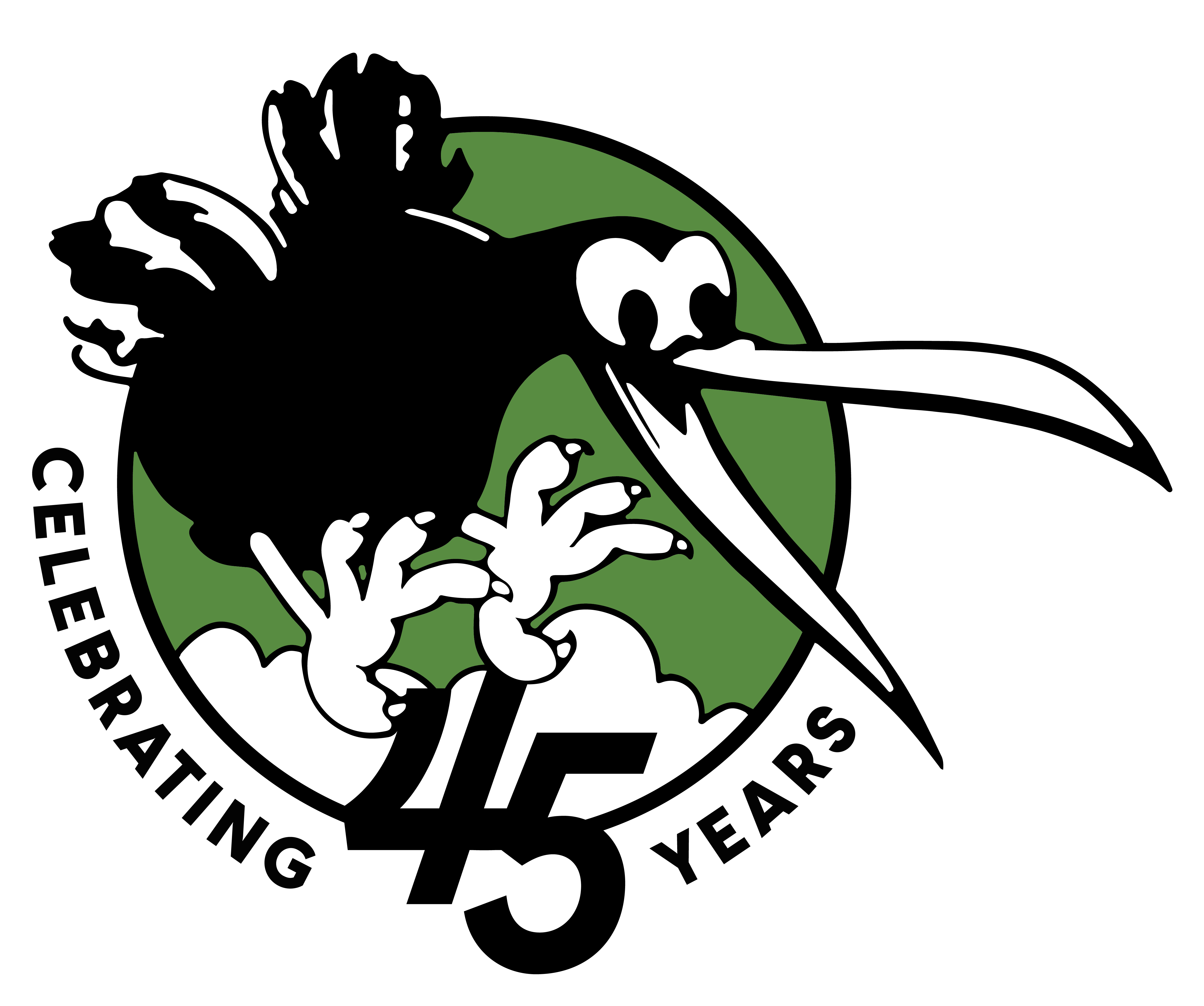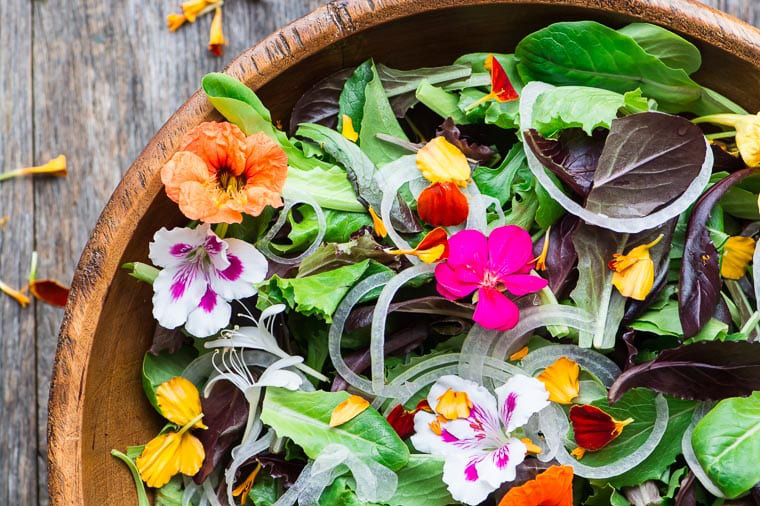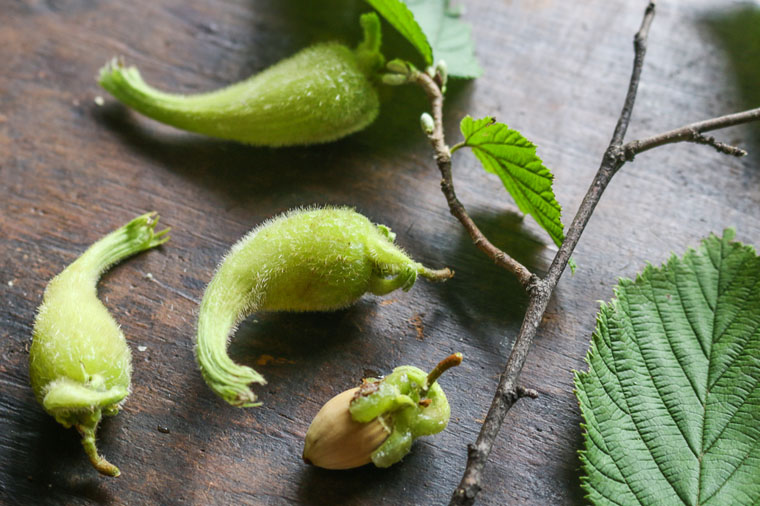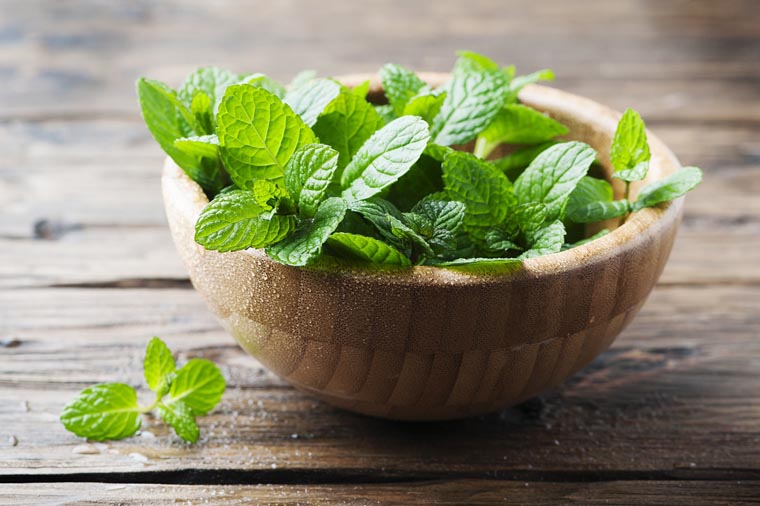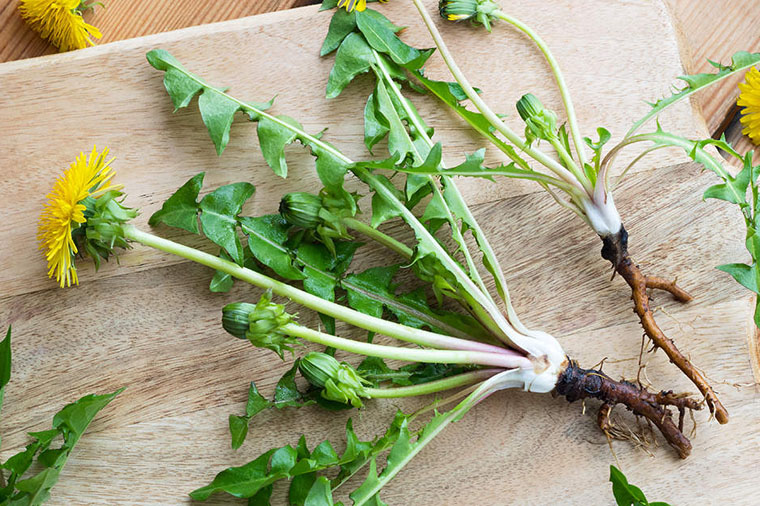30 Edible Flowers that will Grow in Alberta
When we think of flowers we typically don’t think food, but a number of flowers are completely edible and many have some pretty interesting flavours. Edible flowers are best picked in the early morning when they have their highest water content. They can be kept on a damp paper towel inside a sealed container in the refrigerator for up to a week, but they are best served the same day. To revive wilted flowers try floating them in some ice water for a few minutes before serving.
Edible Flower Safety
Just like everything else we put into our body, plants have the power to either help or hinder our health, so it is important to know which plants and plant parts are safe to consume. As with all plants, always be sure you have a positive identification from a trusted and knowledgeable source before consuming a plant. There are many species of plants that can look quite similar – some being safe to eat, while others may be toxic to consume.
In addition to having a correct identification, it is also important to know where these flowers were grown and whether or not they have been exposed to environmental toxins, such as pesticides, herbicides, road pollution etc. This is especially crucial if you are foraging these edible flowers.
However, a reputable garden centre or plant nursery can provide you with many of these species to plant yourself; or better yet, you can start many of these plants from seed and create your own safe edible flower garden.
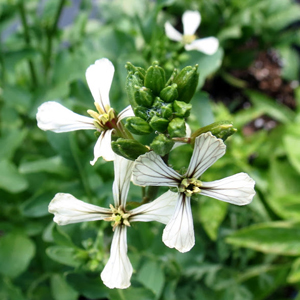
Arugula
When arugula is allowed to bolt, small white or yellow flowers will appear. These delicate blooms can add a nice peppery zing to salads.
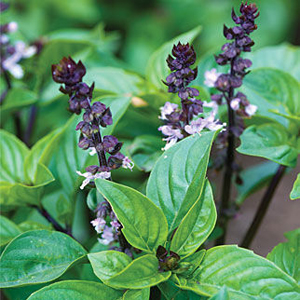
Basil
After basil blooms, the flowers become edible. They can range in colour from white, to lavender, to a deep purples and look stunning as a garnish for pasta.
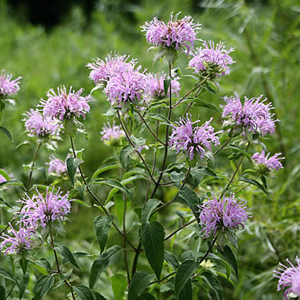
Bergamot
Bergamot flowers are formed by large clusters of edible tubular petals. These petals can be separated from the flower head and used to decorate cakes, fancy drinks, and salads.
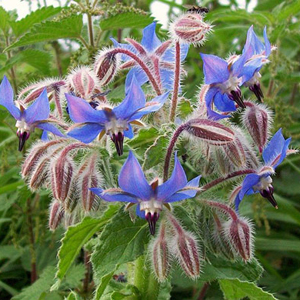
Borage
Borage blooms are great in a summer lemonade or sorbet. They also work well as garnishes for cheese plates or just sprinkled over salads.
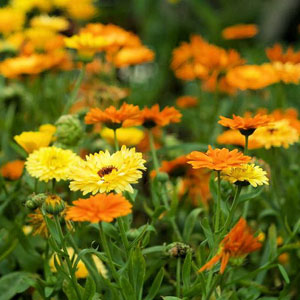
Calendula
Is a wonderful edible flower. Flavours range from spicy to bitter, tangy to peppery. They can be used to spice up soups, pastas, rice dishes, salads or used to make a nice herb butter. Calendula can also be used as a substitute for saffron.
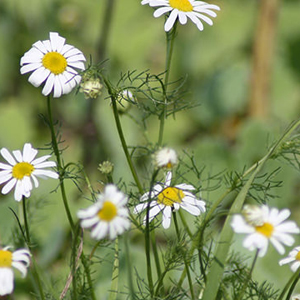
Chamomile
Chamomile can be used fresh or dried. Chamomile is most popularly used as dried blooms in tea making, but the fresh petals can also be used over salads and soups.
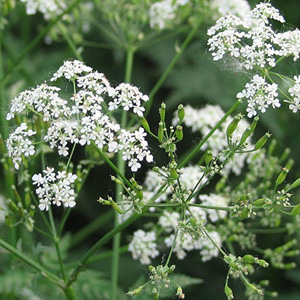
Chervil
Chervil is a lacy herb topped with delicate umbels of tiny white flowers. While the blooms have no distinct flavour, the edible umbels can add visual interest to any dish.
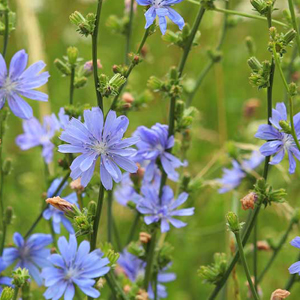
Chicory
The sky-blue flowers that stem from endives and radicchios have edible petals with an earthy flavour, a nice addition to salads. Alternately unopened buds can also be pickled like capers.
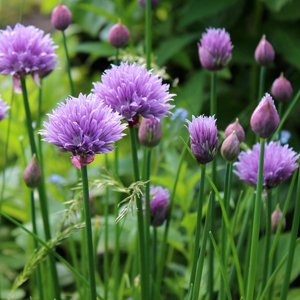
Chives
Chive blooms are ball-like clusters with hundreds of little florets that can be separated and scattered on salads to add colour and a mild onion flavour.
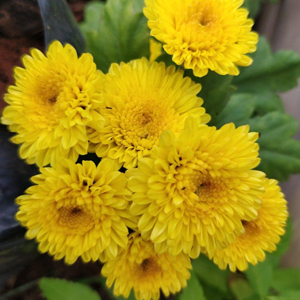
Chrysanthemum
Chrysanthemum petals are typically tangy, but slightly bitter and can range in flavour from faintly peppery to mild cauliflower. Flower heads should be blanched first before scattering petals on salads.
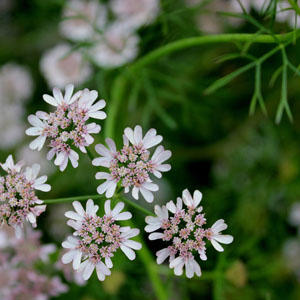
Cilantro
When cilantro is allowed to flower, umbels of tiny white flowers appear with an intense herbal flavour, similar to the leaves, and can be used to garnish the same dishes for added visual interest.
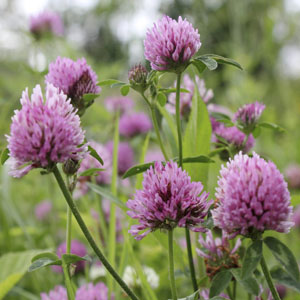
Clover
The entire above ground plant of clover is edible. The whole flower head can be eaten and often has a sweet, mild licorice flavour. The leaves, however, are best eaten as tender sprouts.
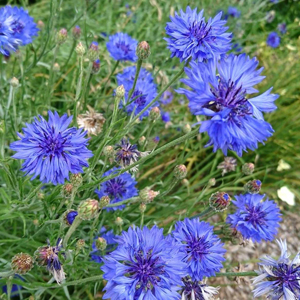
Cornflower
The vibrant blue hues of cornflower petals have a slightly spicy, clove-like flavour with a subtle sweetness and can make a lovely addition to salads.
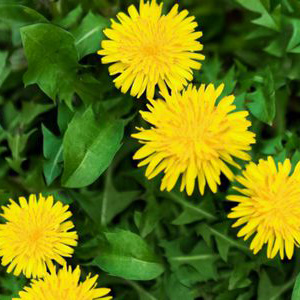
Dandelions
Dandelion is another plant that is entirely edible. The flowers are sweetest when the buds are picked small and unopened, at this stage they have a sweet honey-like flavour. Mature flowers tend to be bitter, but the petals can be used to garnish pasta, rice or salads.
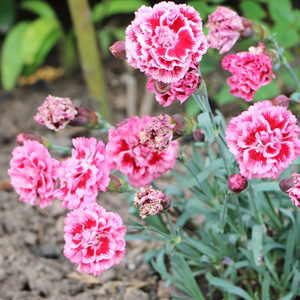
Dianthus
The pink part of the petals on a dianthus bloom can be sweet tasting, often similar to clove and are great in desserts, salads, and wine making. Be sure to cut away the bitter white part of the petals.
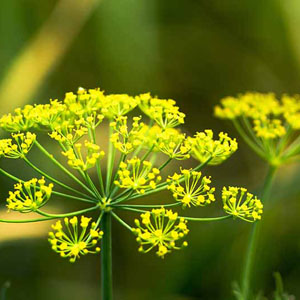
Dill
The yellow flowered umbels of dill actually have a stronger flavour than the leaves and can be used in cooking fish, salads, seasonings, and pickling. Be sure to use when the flower has just opened, before it goes to seed.
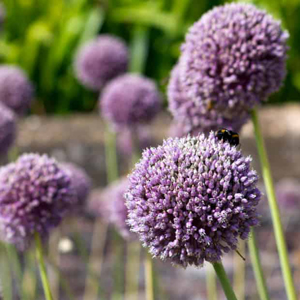
Garlic
Garlic flowers are purply-pink to white in colour with florets that can be separated and added to salads for a mild garlic taste.
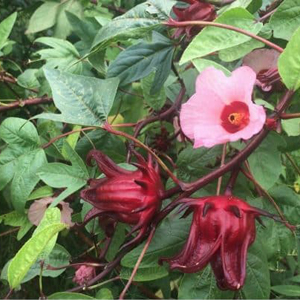
Hibiscus
Hibiscus petals have a cranberry-like flavour with citrus overtones. The petals can be slightly acidic so use sparingly. The flower can also be dried for tea making.
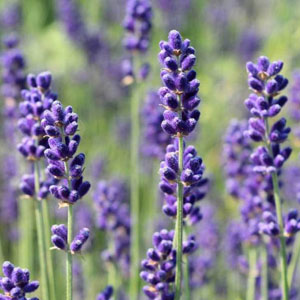
Lavender
Lavender buds have a sweet, intensely floral taste and have been popular in choice in savoury dessert dishes, but lavender also makes a really nice addition to lemonade. Due to its intense flavour, use sparingly.
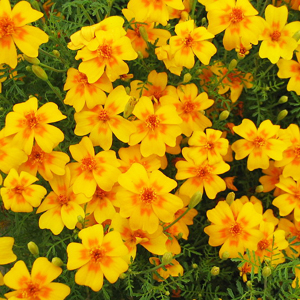
Marigold
Specifically the Tagetes tenuifolia variety has a refreshingly citrus flavour. The petals make a great addition to a light summer salad.
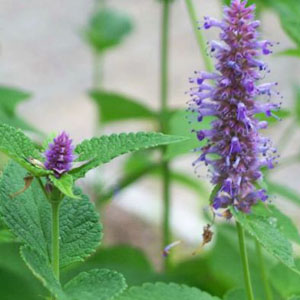
Mints
All mint varieties have minty, edible flowers with flavours that vary depending on the type. Some may be sweet, while others may be citrus scented or have chocolate overtones.
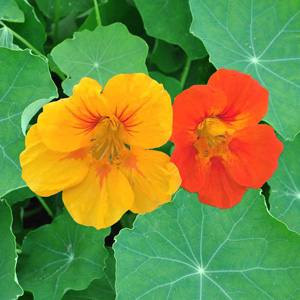
Nasturtium
Nasturtiums are one of the most popular among edible flowers. All nasturtium varieties have edible flowers and leaves, even fresh seeds can be pickled like capers. The blossoms have a sweet, spicy flavour similar to watercress. The entire flower head can be used to garnish dishes or be stuffed as a savoury appetizer and leaves can add a peppery tang to salads.
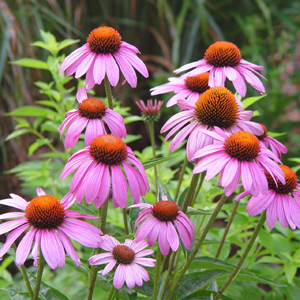
Purple Coneflower
Also known as Echinacea purpurea, purple coneflower is another completely edible plant. Although this plant has a strong floral flavour that’s somewhat bitter, it has many health benefits and is commonly used to make teas and tinctures.
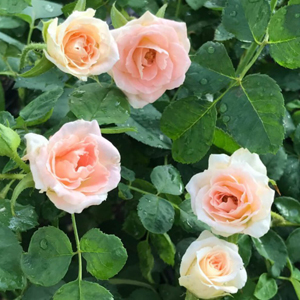
Roses
All rose petals are edible with flavours that vary depending on type, colour and soil conditions. Some varieties are have a hint of green apple or strawberries. Darker varieties have more pronounced flavours. Petals can be used to garnish desserts or salads, frozen in ice cubes for a punch, or used in making syrups, jellies, butters and sweet spreads.
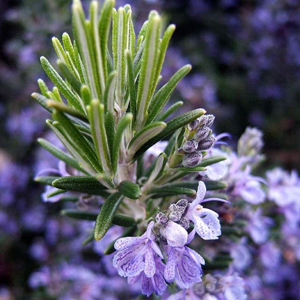
Rosemary
Rosemary has flowers that bloom in pinks or deep purply-blues. The strongly scented flowers are packed tightly between the leaves, but well worth the effort to retrieve. Rosemary flowers can brighten up a savoury dish while adding to the mouth-watering aroma.
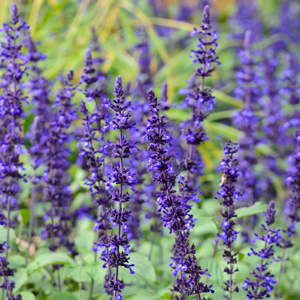
Sage
The deep purply-blue flowers of sage have an interesting flavour when added to salads and savoury dishes.
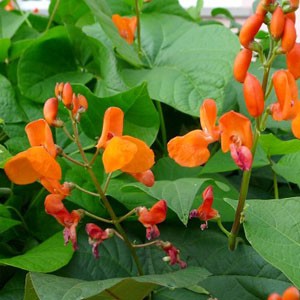
Scarlet Runner Beans
These vivid red blooms can make a delicious garnish for soups and salads while also providing an unexpected pop of colour.
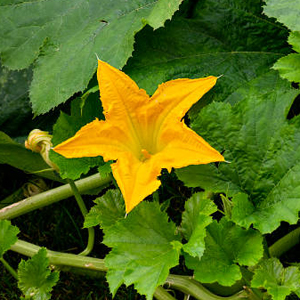
Squash
Both the female and male squash flowers are completely edible with a subtle squash flavour. They can be eaten raw or sauteed with butter. Some cultures stuff and fry the blooms for a crisp savoury dish.
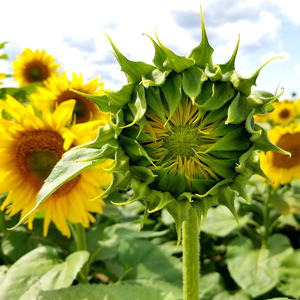
Sunflower
It’s not just the seeds, but sunflower buds can also make a tasty treat. Unopened young buds can be steamed or sauteed in butter and eaten whole. They have a flavour similar to artichoke and can be added to soups and salads.
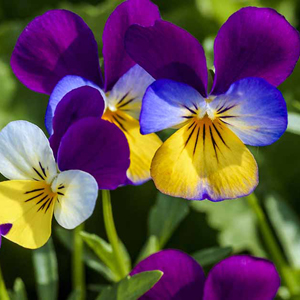
Viola
Many varieties of violas are suitable for edible decorating. They range in colours and have flavours that tend to be sweet and perfumed. They are commonly used on cakes, drinks, and in salads.
 |
| 